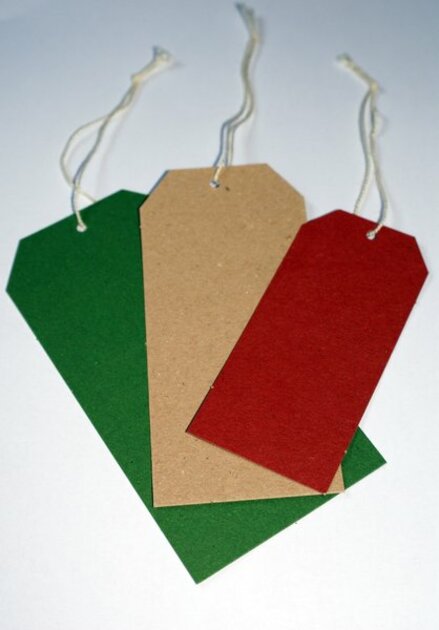
Our Gemara on Amud Beis tells us about the quality of prayer that Moshe and Aharon had in comparison to Yehoshua. Moshe and Aharon “fell on their faces”, while Yehoshua tore his clothes.
Rashi explains that some people are able to have their prayers answered merely by falling on their face in prayer like Moshe and Aharon did, while others need to also rend their clothes like Yehoshua did. Torah Temimah (Bamidbar 14:5) elaborates on this theme, explaining that the person of lesser spiritual stature may need to endure more suffering before his prayers are answered.
I will add the following thought. The two actions, “falling” and “tearing” also can be understood metaphorically as referring to the two kinds of bottoms a person hits before he makes a change. Sometimes, just falling and slipping is enough of a bottom to hit in order to wake up to correct our actions. However, sometimes when we fall, we haven’t yet fully hit our bottom. We still hold onto our comfortable rationalizations. If we are of that kind, we will need to do more than just hit bottom. We will need to tear everything up and start all over again. As says: “And rend your hearts and not your garments, and return to the Lord your God” (Yoel 2:13)
In Jungian dream symbolism and in mystical thought, clothes represent the persona that we show the world. Sometimes, to merit having our prayers answered, we will need to completely shred the old version of ourselves who we pretended to be, and start over again.
Translations Courtesy of Sefaria, except when, sometimes, I disagree with the translation ![]()
If you liked this, you might enjoy my Relationship Communications Guide. Click on the link above.
Rabbi Simcha Feuerman, Rabbi Simcha Feuerman, LCSW-R, DHL is a psychotherapist who works with high conflict couples and families. He can be reached via email at simchafeuerman@gmail.com
 Previous
Previous

